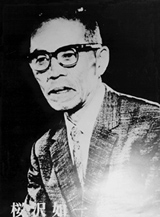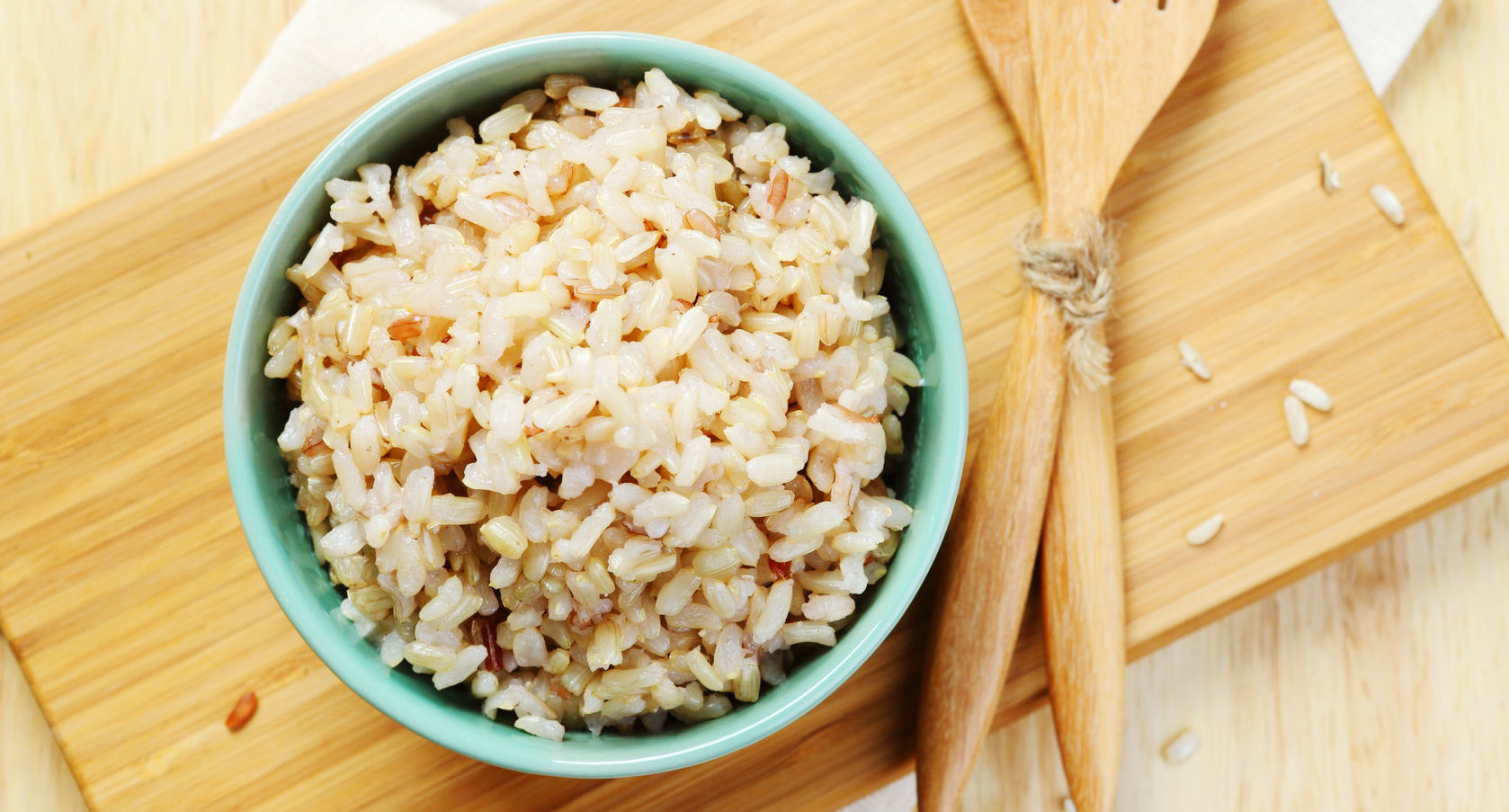We are surrounded by a lot of food every day.Favorite food, disliked food, hot food, cold food, hard food, soft food, sweet food, dry food...If you want something, you can always eat it freely from among many foods.
These foods actually make up our bodies and affect our minds as well.In order to live each day to the fullest, both physically and mentally, we cannot leave our diet behind.

Macrobiotic What is Macrobiotic?
Recently, brown rice has become very popular, and the word "macrobiotic" can sometimes be seen in magazines.It is often said that Hollywood stars and supermodels all follow a diet called macrobiotics to maintain their beauty and health.
That sounds like a concept that originated in a foreign country, such as vegetarianism, but it's not.In fact, macrobiotics is the wisdom of eating habits or lifestyle advocated by the Japanese.
Macrobiotics, a method of longevity revived by the Japanese
Where does the word macrobiotic come from?"Macro" originally means "big" or "long" in Greek, "bio" means "life", and "tic" means "art" and "learning".It is said that Hippocrates, who is said to be the father of Western medicine, first used the word makrobios, which means "great life" and "longevity."
Joichi Sakurazawa (1893-1966) established the current “macrobiotic”.Mr. Sakurazawa inherited the idea of Sagen Ishizuka, who has been attracting attention as "food education", a dietary regimen that has been handed down from ancient times in Japan, and added the principle of "easy", the deep wisdom of the East, to complete "Musou Principle". We have established a “seishoku” based on dietary regimens.
In order to spread this idea both domestically and internationally, the name "Macrobiotic" was given, and he visited countries around the world, mainly in Europe, and worked to spread macrobiotic health methods and peace movements.In Japan, macrobiotics were known as a “regular diet,” but now they are re-imported from abroad and are popularly known by the abbreviations “macro” and “macrobi.”

Mr. Yoichi Sakurazawa (1893-1966)
Let's eat "rice", the major premise of macrobiotics

The staple food is brown rice and other grains, served with miso soup containing seasonal vegetables and seaweed, and pickles.That alone makes for a great macrobiotic meal.
For a long time, we Japanese have lived a healthy life with such simple meals.However, especially after the war, meat and other animal products increased, and the concept of staple food and side dish faded, leading to a rapid increase in diseases such as lifestyle-related diseases.So to speak, the Westernization and disorganization of the diet has become one of the major causes of various diseases.
The first step to health, diet and beauty, as well as macrobiotics, is to eat rice, which is the staple food, rather than side dishes.Even if you don't start with brown rice, you can mix grains with white rice, germ rice, or split rice.Rice, which is well-balanced in amino acids, is grain-based, unlike powdered foods such as bread and noodles, which have the same sugar content.
In addition, rice fields such as senmaida and terraced rice fields create beautiful landscapes of Japan and preserve the land, which are also very useful in terms of the environment.
If you just put rice on the table, your diet will be centered on Japanese food, and if you think of meat and fish as occasional treats, you can lead a healthy life without spending extra money.
In recent years, villages called “longevity villages” around the world and their cuisine have attracted attention. It's biotic.
About macrobiotics
What is macrobiotics? Macrobiotic Keywords
Macrobiotic Q&A Organic & Macrobiotic Life


